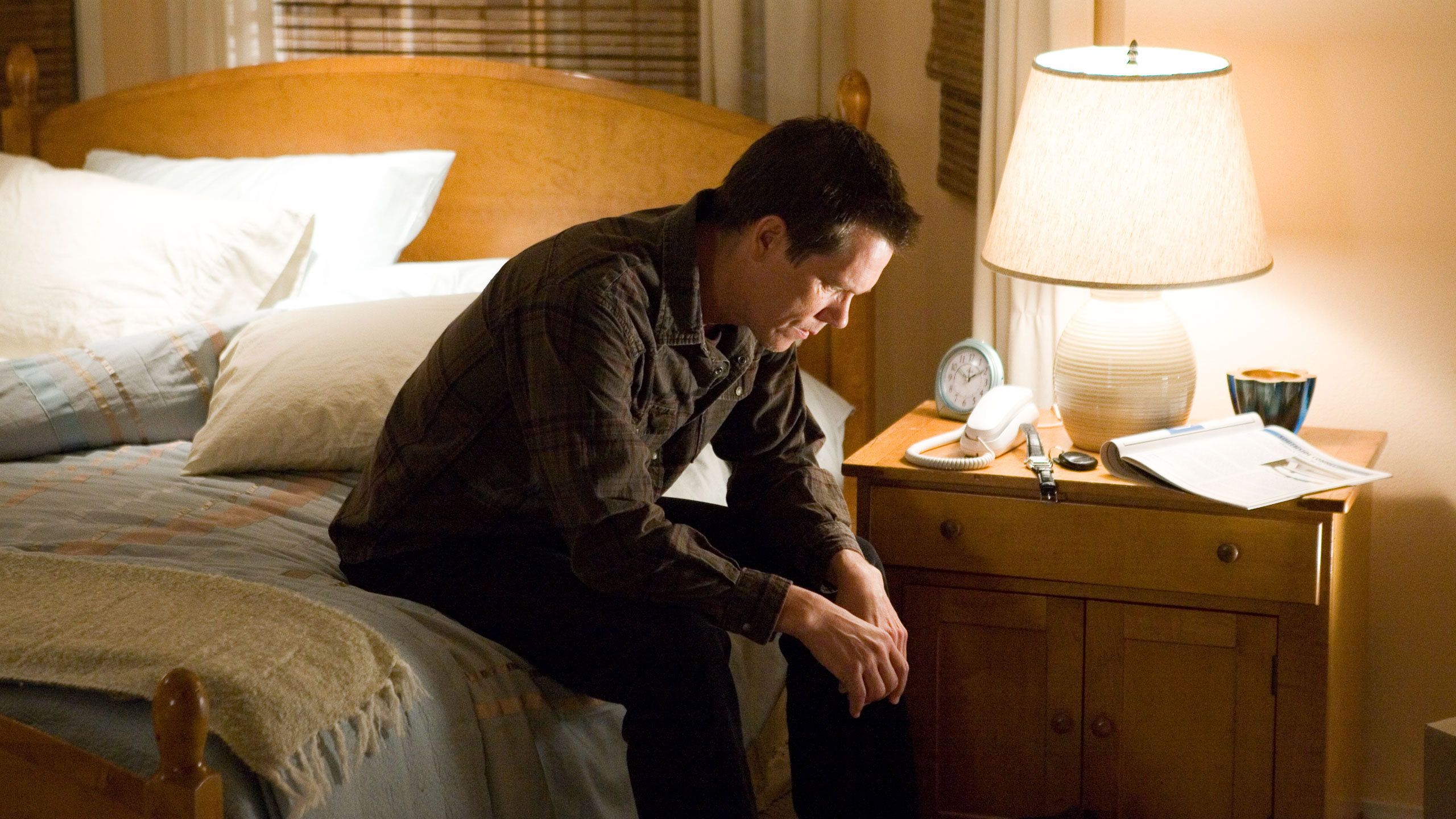Movie Rails: The Ultimate Guide To Mastering The Art Of Film Production
Movie rails have become an essential tool in modern filmmaking, revolutionizing how directors and cinematographers capture stunning shots. Whether you're a beginner or a seasoned professional, understanding movie rails can elevate your production quality to the next level. Imagine gliding smoothly through breathtaking landscapes or capturing dynamic action scenes with precision and stability. That's the power of movie rails!
As technology advances, movie rails have evolved from simple tracks to sophisticated systems designed for various budgets and project scales. But what exactly are movie rails, and why are they so important in filmmaking? Let's dive into this world where creativity meets engineering and discover how these tools can transform your video projects.
This guide will walk you through everything you need to know about movie rails—what they are, how they work, and the best options available in the market. Whether you're shooting a Hollywood blockbuster or a small indie film, movie rails can make a world of difference. So, buckle up and let's explore this exciting realm of cinematic possibilities!
- Medium Length Layered Hairstyles Over 50 Embrace Your Style With Confidence
- Senior Womens Hairstyles A Guide To Embracing Your Natural Beauty
What Are Movie Rails?
Movie rails are specialized tracking systems used in filmmaking to create smooth, controlled camera movements. These tracks allow cameras to glide effortlessly along a predetermined path, adding a professional touch to any production. Think of them as the backbone of dynamic shots that captivate audiences and enhance storytelling.
At their core, movie rails consist of durable materials like aluminum or steel, designed to withstand the weight of cameras and accessories while maintaining stability. They come in various lengths and configurations, catering to different shooting scenarios. Some systems even offer modular designs, allowing filmmakers to customize their setup for specific shots.
But here's the kicker—movie rails aren't just for big-budget productions anymore. With advancements in technology, affordable options have emerged, making this powerful tool accessible to everyone from hobbyists to professional filmmakers. So, whether you're shooting a short film or a corporate video, movie rails can help you achieve that polished, cinematic look.
- Chubby Blond Mature Embracing Natural Beauty And Radiance
- Long Haircuts For Women Over 60 Embrace Your Style With Confidence
Types of Movie Rails
When it comes to movie rails, you have several options to choose from, each catering to different needs and budgets. Here's a quick breakdown:
- Basic Dolly Tracks: Perfect for beginners, these lightweight systems offer straightforward functionality at an affordable price point.
- Modular Rail Systems: Ideal for advanced users, these versatile setups allow for customization and expansion, accommodating complex shots with ease.
- Professional Cinema Rails: Designed for high-end productions, these robust systems provide unmatched stability and precision, often used in blockbuster films.
- DIY Movie Rails: For the creative tinkerers out there, building your own rails can be a cost-effective solution, though it requires some technical know-how.
No matter which type you choose, the key is to select a system that aligns with your project's requirements and budget. Remember, the right movie rails can make your footage look like it was shot by a Hollywood crew!
Why Are Movie Rails Important in Filmmaking?
In today's competitive filmmaking landscape, having the right tools can set you apart from the crowd. Movie rails play a crucial role in enhancing the visual quality of your projects by enabling smooth, controlled camera movements. This level of precision is vital for creating engaging narratives that resonate with audiences.
Imagine shooting a car chase scene without movie rails. The footage would likely appear shaky and amateurish, detracting from the story's impact. On the other hand, using movie rails allows you to capture those high-speed sequences with stability and flair, immersing viewers in the action. That's the magic of movie rails—they turn ordinary shots into extraordinary moments.
Moreover, movie rails offer flexibility in terms of camera positioning and movement. You can experiment with different angles and trajectories, giving your production a unique visual signature. This creative freedom empowers filmmakers to push boundaries and explore new storytelling techniques.
Key Benefits of Using Movie Rails
Let's break down the top advantages of incorporating movie rails into your filmmaking toolkit:
- Enhanced Stability: Movie rails eliminate unwanted camera shake, resulting in crisp, professional-grade footage.
- Dynamic Shots: With the ability to move cameras along predetermined paths, you can create visually stunning sequences that captivate audiences.
- Improved Production Value: Incorporating movie rails into your workflow instantly elevates the quality of your projects, making them stand out in a crowded market.
- Cost-Effective: While professional cinema rails can be pricey, budget-friendly options are available, offering excellent value for money.
These benefits highlight why movie rails have become indispensable in modern filmmaking. By investing in this technology, you're not only improving your craft but also future-proofing your skills in an ever-evolving industry.
How Do Movie Rails Work?
Understanding the mechanics behind movie rails is essential for maximizing their potential. At its simplest, a movie rail system consists of tracks, a dolly, and mounting hardware. The camera attaches to the dolly, which then glides along the tracks, creating smooth, controlled movements.
The process begins with setting up the tracks according to your shot requirements. This involves leveling the system to ensure stability and prevent wobbly footage. Once the tracks are in place, you mount the dolly and secure the camera onto it. With everything aligned, you're ready to roll—or rather, glide—toward cinematic greatness!
Advanced movie rail systems often include motorized controls, allowing for precise adjustments and remote operation. These features enable filmmakers to execute complex shots with minimal effort, further expanding creative possibilities. So, whether you're shooting a simple pan or a multi-axis move, movie rails have you covered.
Setting Up Movie Rails: Step-by-Step Guide
Ready to get started with movie rails? Here's a step-by-step guide to help you set up your system like a pro:
- Choose Your Location: Select a shooting area that accommodates your rail setup, keeping safety and accessibility in mind.
- Assemble the Tracks: Connect the rail segments securely, ensuring they form a straight, level path.
- Mount the Dolly: Attach the dolly to the tracks, adjusting its position as needed for your shot.
- Secure the Camera: Mount your camera onto the dolly, using appropriate mounting hardware to prevent slippage.
- Test the Setup: Before filming, test the system to ensure smooth operation and make any necessary adjustments.
By following these steps, you'll have your movie rails ready to capture breathtaking shots in no time. Remember, practice makes perfect, so don't hesitate to experiment and refine your technique.
Selecting the Right Movie Rails for Your Project
With so many movie rail options available, choosing the right one can feel overwhelming. To make the decision easier, consider the following factors:
- Project Scale: Determine whether you need a basic, modular, or professional system based on your production's complexity.
- Budget Constraints: Set a budget range and explore options within that limit, keeping an eye out for deals and discounts.
- Portability Needs: If you're shooting on location, prioritize lightweight, easy-to-carry systems that won't weigh you down.
- Compatibility: Ensure the movie rails you choose are compatible with your existing equipment, such as cameras and tripods.
Additionally, reading reviews and seeking recommendations from fellow filmmakers can provide valuable insights into which movie rails perform best under specific conditions. Armed with this information, you'll be well-equipped to select the perfect system for your needs.
Top Movie Rails Brands to Consider
When it comes to quality movie rails, certain brands consistently rise to the top. Here are a few worth considering:
- GlideGear: Known for their affordable yet reliable systems, GlideGear offers excellent value for money.
- Kessler Crane: A trusted name in the industry, Kessler Crane produces premium-quality movie rails favored by professionals.
- Dynamic Perception: Specializing in motorized systems, Dynamic Perception brings innovation to the world of movie rails.
- PCCine: Offering a range of options from budget-friendly to high-end, PCCine caters to filmmakers of all levels.
These brands have earned their reputation through consistent performance and customer satisfaction. By exploring their offerings, you'll find a movie rail system that meets your expectations and enhances your filmmaking capabilities.
Tips for Maximizing Movie Rails Performance
Now that you know how movie rails work and what to look for when selecting one, let's discuss some tips for getting the most out of your investment:
- Practice Regular Maintenance: Keep your movie rails in top condition by cleaning and lubricating them regularly.
- Experiment with Angles: Don't be afraid to try unconventional camera positions to create unique visual effects.
- Use Markers for Consistency: Place markers on the tracks to ensure repeatable movements during multiple takes.
- Invest in Accessories: Expand your creative possibilities with additional accessories like follow focus systems or stabilizers.
By incorporating these practices into your workflow, you'll unlock the full potential of your movie rails and produce footage that stands out from the crowd.
Common Mistakes to Avoid When Using Movie Rails
While movie rails are powerful tools, they can also present challenges if not used correctly. Here are some common mistakes to watch out for:
- Improper Setup: Failing to level the tracks properly can lead to shaky footage and wasted takes.
- Overloading the Dolly: Exceeding the weight capacity of your dolly may result in instability and damage to the system.
- Neglecting Safety Measures: Always ensure the tracks are secure and free of obstructions to prevent accidents.
- Ignoring Maintenance: Lack of upkeep can shorten the lifespan of your movie rails and compromise their performance.
Avoiding these pitfalls will help you maintain control over your shots and ensure smooth, successful productions every time.
Conclusion
In summary, movie rails have become an indispensable asset in the world of filmmaking, offering unparalleled stability and creative freedom. By understanding their functionality, selecting the right system for your needs, and following best practices, you can harness the full potential of movie rails to elevate your projects.
So, what are you waiting for? Dive into the world of movie rails and start crafting cinematic masterpieces that leave a lasting impression on your audience. And remember, the more you practice and experiment, the better you'll become at utilizing these incredible tools.
Feel free to share your thoughts and experiences with movie rails in the comments below. Your feedback could inspire others on their filmmaking journey. Also, don't forget to check out our other articles for more tips and tricks to enhance your production skills!
Table of Contents
- What Are Movie Rails?
- Types of Movie Rails
- Why Are Movie Rails Important in Filmmaking?
- How Do Movie Rails Work?
- Selecting the Right Movie Rails for Your Project
- Tips for Maximizing Movie Rails Performance
- Hair Cuts For Over 50 Stylish Choices That Embrace Your Age And Attitude
- Why Movierulz Rangasthalam Telugu 2018 Is Still A Big Deal In The Streaming World

Rails MODELLER

Moviebloc

Rails & Ties Full Movie Movies Anywhere